This is an elaborate historical monograph, exploiting a rich system of historical documents at home and abroad, comprehensively recreating the process of formation, operation and collapse of a government that existed for only four months and six days but left a special mark in modern Vietnamese history.
The author begins by placing the Tran Trong Kim Cabinet in a complex and compressed historical context. After the coup on March 9, 1945, the Japanese army overthrew the French colonialists, monopolized Indochina, and established a native government to serve the purpose of occupation and combat. Tran Trong Kim was chosen to form a new cabinet to realize one of the Japanese fascists' plans to dominate Vietnam. Moreover, this plan was carefully prepared two years before the coup.
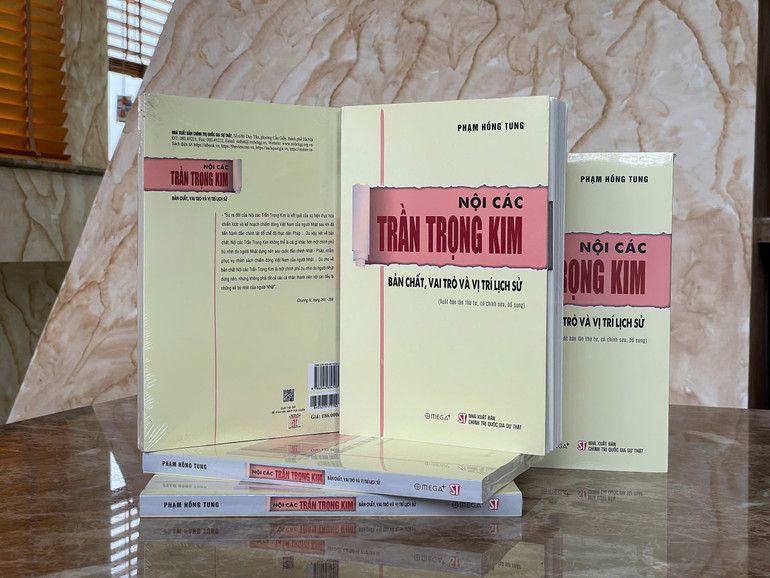
In the process of compiling the content of the book, Professor, Dr. Pham Hong Tung used an objective, multi-dimensional approach to an issue that seemed to be left open, and even had many different opinions. The author believes that in essence, this is a passive puppet government of the Japanese, different from the type of effective lackey, and its existence lies in the power structure that Japan tightly controlled after the coup on March 9, 1945.
However, the cabinet took remarkable reform steps: Establishing the National Advisory Council and the Constitutional Drafting Committee; carrying out administrative, judicial, and financial reforms; establishing the Ministry of Youth and launching the Social Youth Movement. In particular, they persistently negotiated with Japan to reclaim cities ( Hanoi , Hai Phong, Da Nang) and especially Cochinchina - the sacred land that the Nguyen Dynasty had forced to cede to France.
The author commented that the contribution of the Tran Trong Kim Cabinet to affirming sovereignty, territorial integrity and national unity was "the greatest and most meaningful contribution".
However, those efforts were quickly overshadowed by the times. The Cabinet was powerless in the face of urgent historical tasks, especially the famine disaster in the North and Central regions. Meanwhile, politically, they could not gather the strength of the entire people because they were still limited within the framework of constitutional monarchy - an institution that was no longer suitable for the aspirations of national liberation and social democracy at that time; they only did what Japan allowed, so they were powerless in the face of the times. When Japanese fascism was defeated by the Allies, the Tran Trong Kim Cabinet also felt like "sand was sinking under their feet", becoming the object of destruction and overthrow by the revolution.
Professor, Dr. Pham Hong Tung has carefully analyzed the political-military logic that led to the collapse of the cabinet. When Japan surrendered to the Allies (August 1945), as a pro-Japanese government, the Tran Trong Kim Cabinet lost all support. Unable to represent the country before the Allies, nor strong enough to resist the threat of reoccupation by France, they were forced to withdraw. Emperor Bao Dai issued an edict inviting the Viet Minh to form a new government, at the same time affirming that "it is better to be a citizen of an independent country than to be king of a slave country".
One of the important contributions of the book is to clarify the central role of the Viet Minh in “taking back Vietnam from the Japanese” as President Ho Chi Minh said in the Declaration of Independence. The author points out that during the August Revolution, the revolutionary forces skillfully neutralized nearly 100,000 fully armed Japanese troops. This was a remarkable diplomatic-political victory: avoiding large-scale clashes, reducing casualties, creating conditions for a “quick and bloodless” takeover of the government.
The book also devotes space to analyzing the Japanese military's personnel selection. Instead of bringing in powerful figures and backers like Cuong De or Ngo Dinh Diem, they chose Bao Dai and Tran Trong Kim - men without their own political parties or military forces because they were more suitable for the requirements of combat and control. This shows that all pro-Japanese governments in the region, even those that lasted longer like those in China, Myanmar or the Philippines, fell into a deadlock when Japan failed.
Through a thorough research process, Professor, Dr. Pham Hong Tung proposed a new assessment: The Tran Trong Kim cabinet was a passive puppet government, which during its short existence made some positive contributions to the nationalist movement and the protection of sovereignty, but in general failed to implement the policies it set out. The overthrow of this cabinet along with the neutralization of the Japanese army was a strategic move, contributing to the comprehensive and great victory of the August Revolution in 1945, establishing the Democratic Republic of Vietnam.
"The Tran Trong Kim Cabinet - Nature, role and historical position" is therefore not only a valuable document for historical researchers, but also a suggestion for today's readers about a fair and sober attitude when looking at complex historical figures, organizations and events. Thanks to that, the overall picture of 1945 to the nation's decision becomes clearer, more vivid and multi-dimensional.
Source: https://nhandan.vn/hieu-them-ve-ban-chat-vi-tri-lich-su-cua-noi-cac-tran-trong-kim-qua-cuon-sach-cua-gs-ts-pham-hong-tung-post901298.html




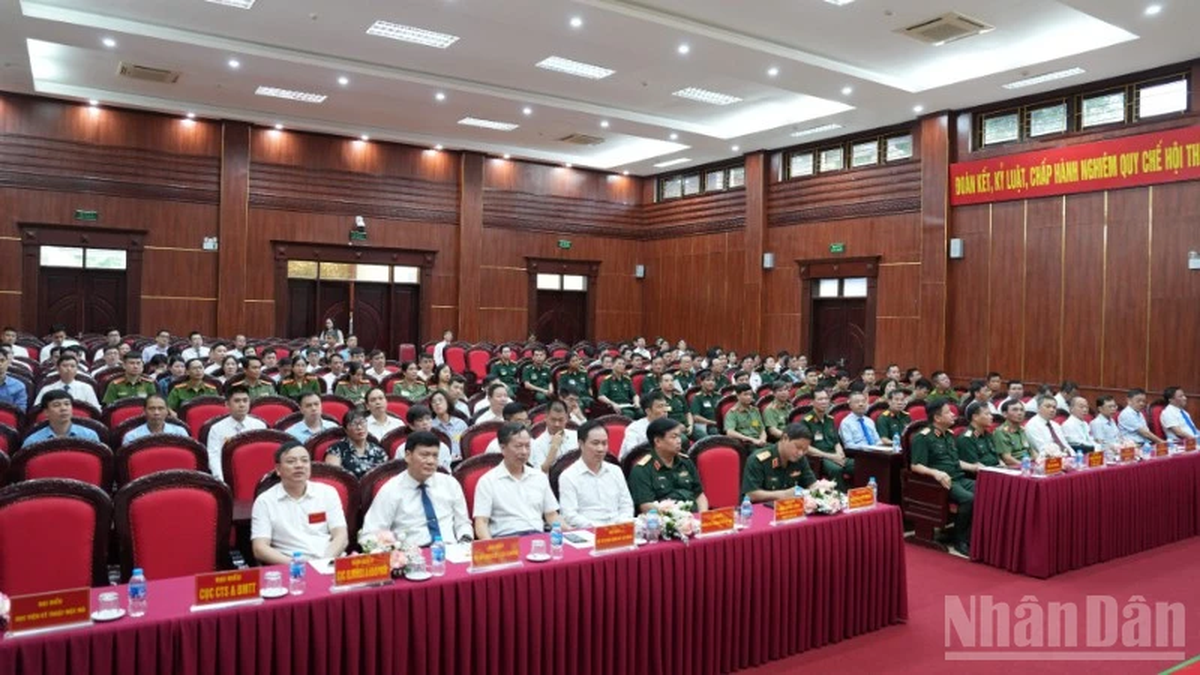




![[Photo] National Assembly Chairman Tran Thanh Man attends the program "Returning to the source - Towards the future"](https://vphoto.vietnam.vn/thumb/1200x675/vietnam/resource/IMAGE/2025/8/16/d081d9c162ee4ed9919e723aa322a53a)

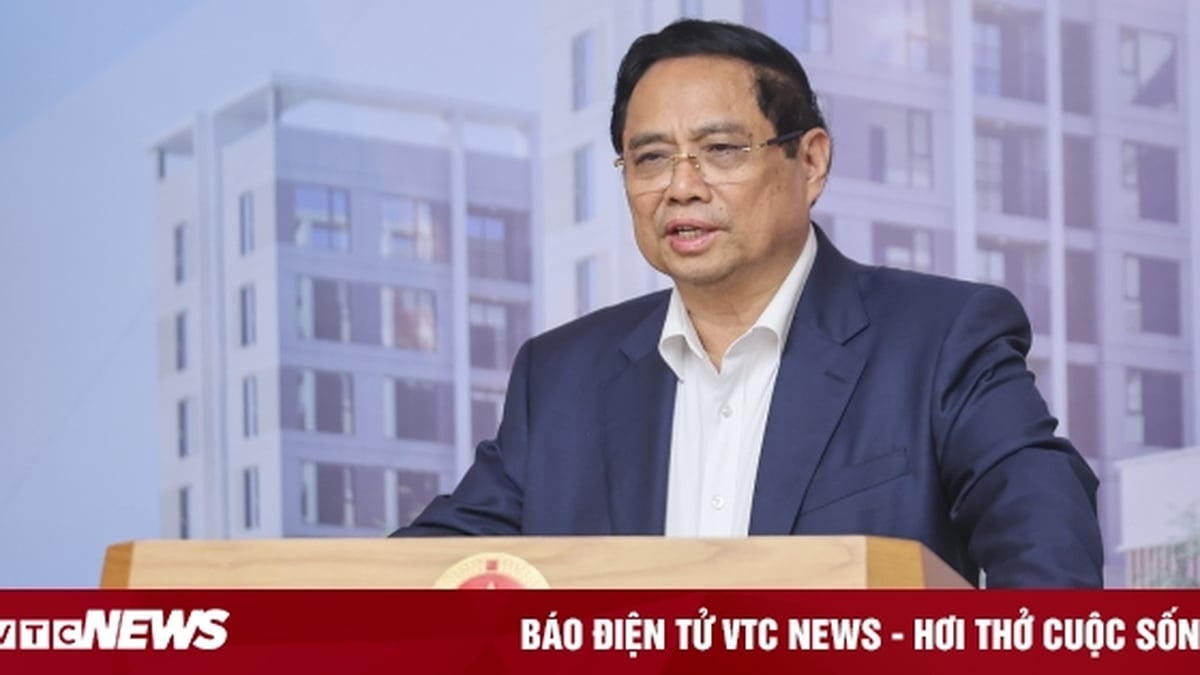










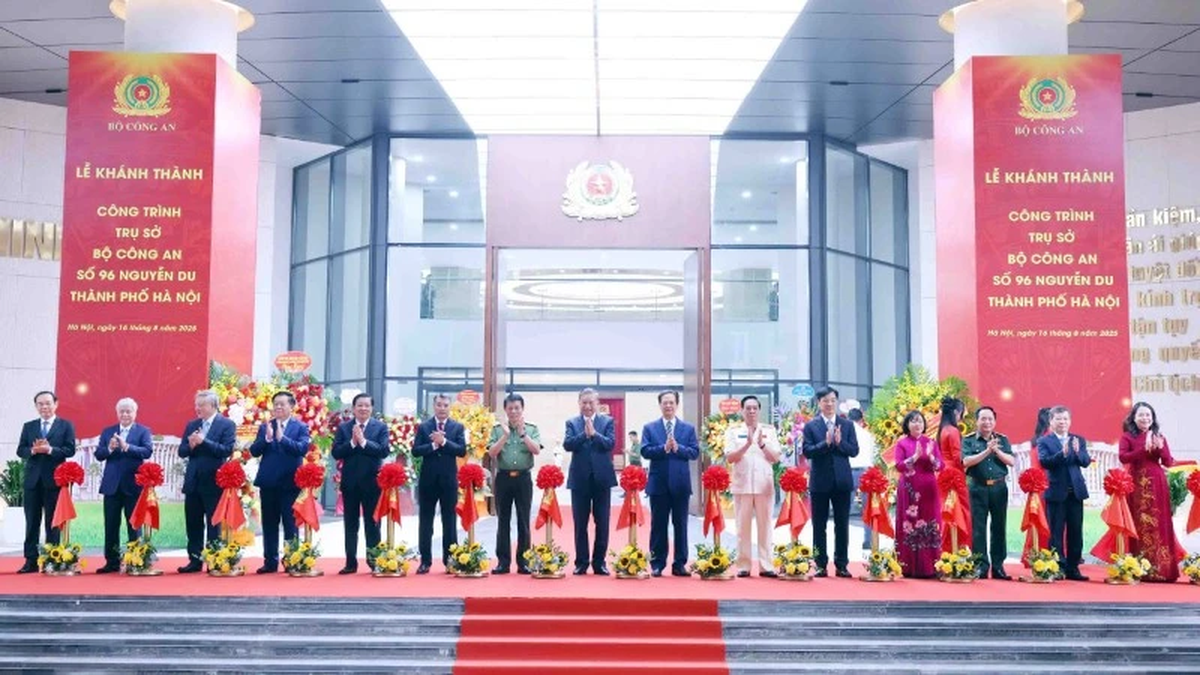
![[Photo] Prime Minister Pham Minh Chinh attends a special art program called "Hanoi - From the historic autumn of 1945"](https://vphoto.vietnam.vn/thumb/1200x675/vietnam/resource/IMAGE/2025/8/15/c1c42655275c40d1be461fee0fd132f3)
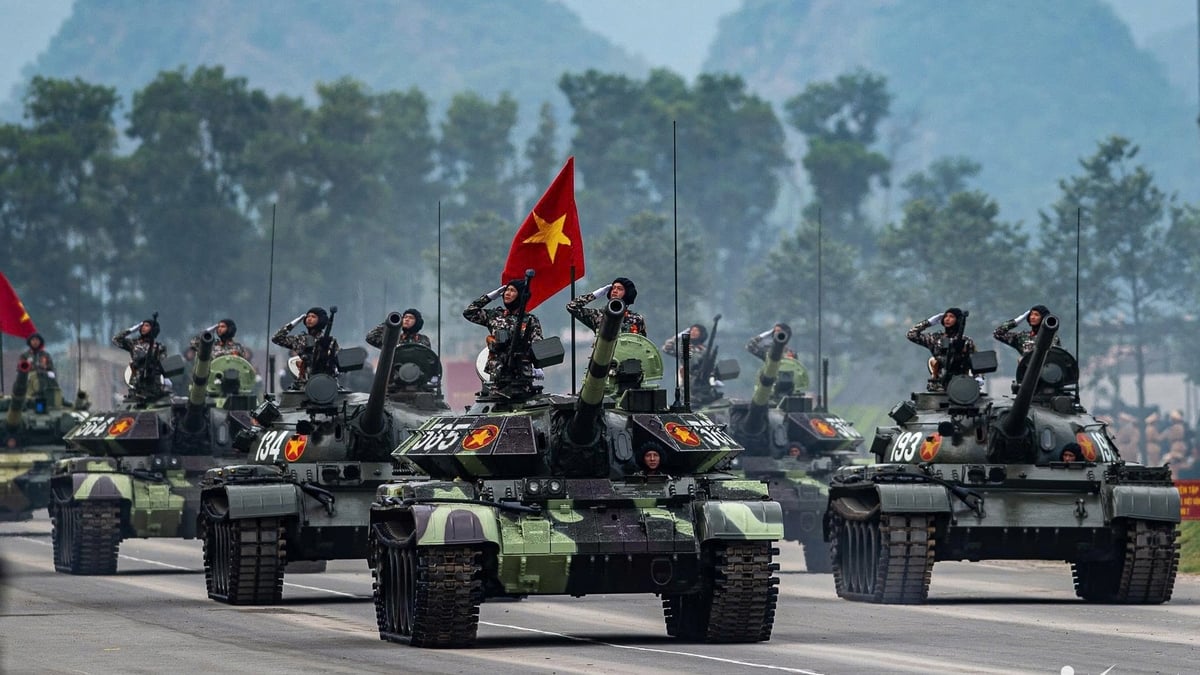
![[Photo] “Moving forward with Vietnam” on the most romantic road in Vietnam](https://vphoto.vietnam.vn/thumb/1200x675/vietnam/resource/IMAGE/2025/8/16/0ee500bc59fd4468863261ee26f47fe7)
![[Photo] National Assembly Chairman Tran Thanh Man attends the inauguration ceremony of President Ton Duc Thang Memorial House](https://vphoto.vietnam.vn/thumb/1200x675/vietnam/resource/IMAGE/2025/8/16/23555950872d428a8708a1e2f94cbf59)
![[Photo] Prime Minister Pham Minh Chinh talks on the phone with Cambodian Prime Minister Hun Manet](https://vphoto.vietnam.vn/thumb/1200x675/vietnam/resource/IMAGE/2025/8/15/72d3838db8154bafabdadc0a5165677f)
![[Photo] General Secretary attends the inauguration ceremony of the Ministry of Public Security Headquarters](https://vphoto.vietnam.vn/thumb/1200x675/vietnam/resource/IMAGE/2025/8/16/3ceec3a24ef945c18ae2b523563b749d)

![[Photo] Red and yellow stars at the launching ceremony of the program "Moving Forward with Vietnam"](https://vphoto.vietnam.vn/thumb/1200x675/vietnam/resource/IMAGE/2025/8/16/076df6ed0eb345cfa3d1cd1d7591a66f)


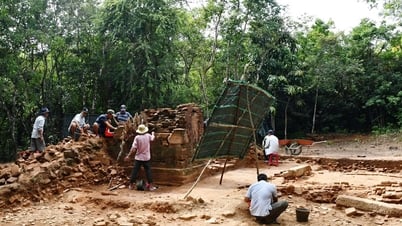

















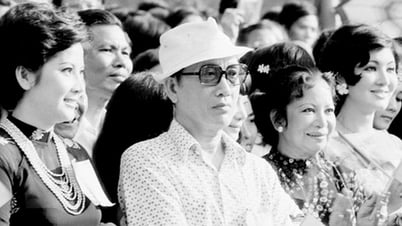









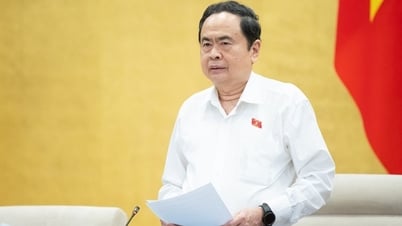


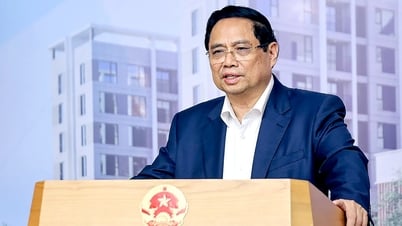

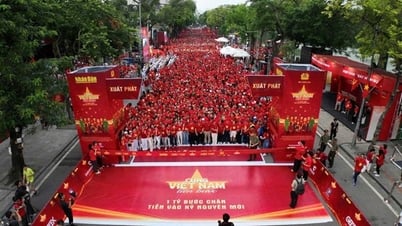

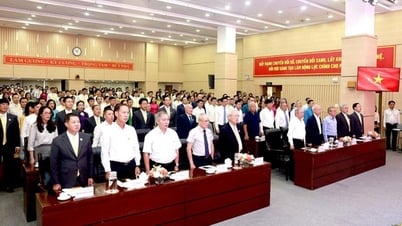




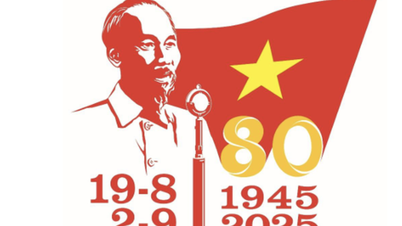























Comment (0)